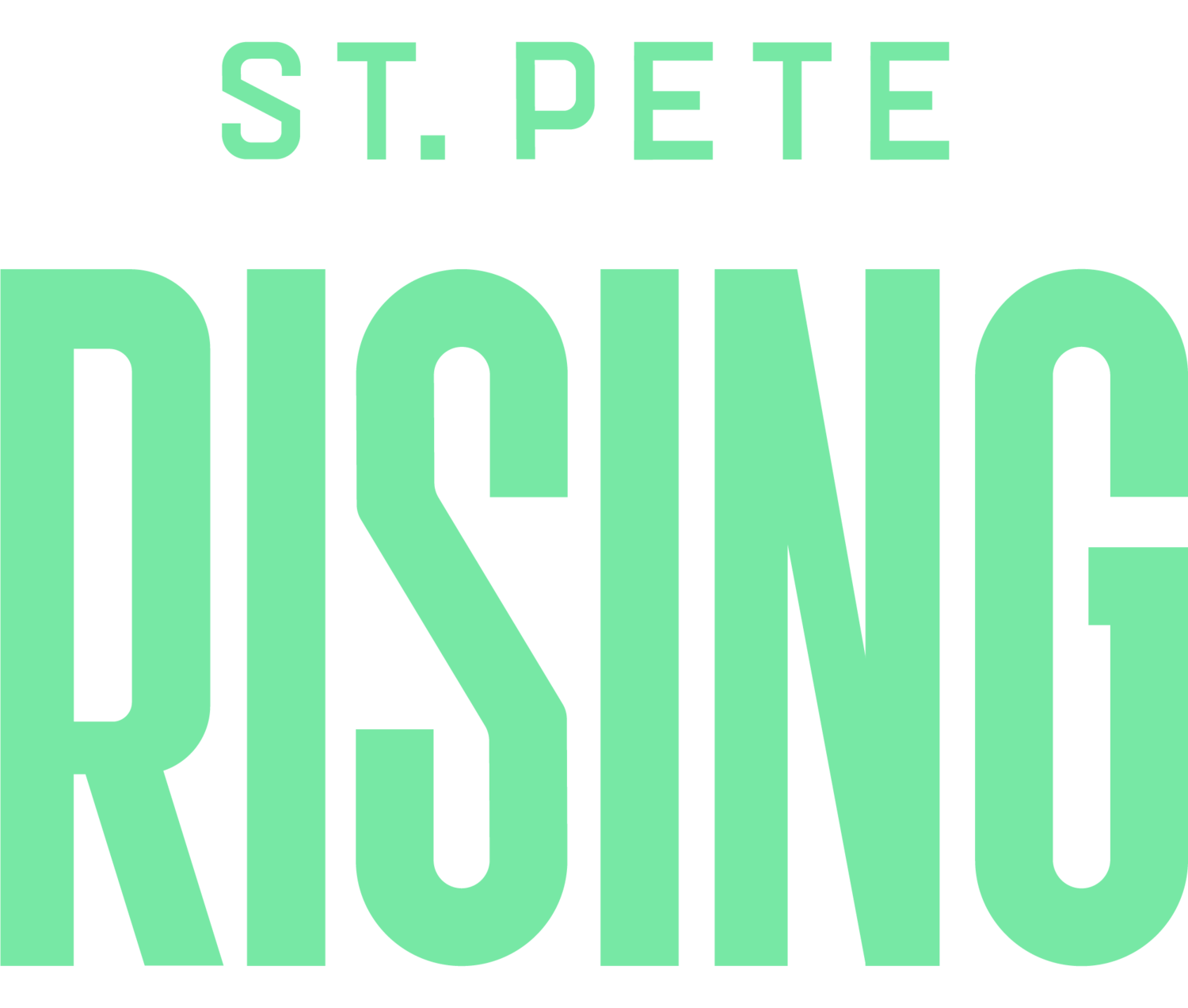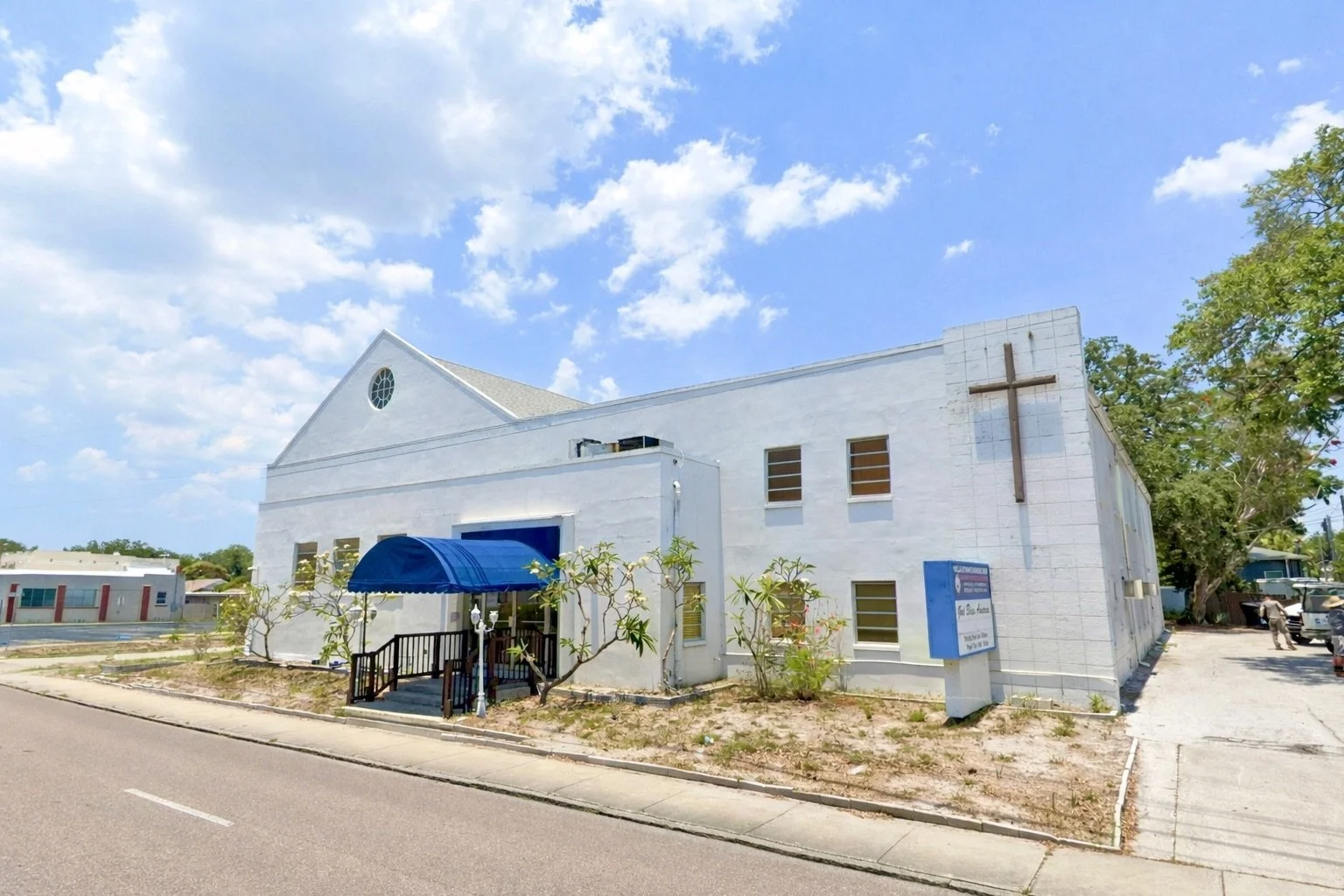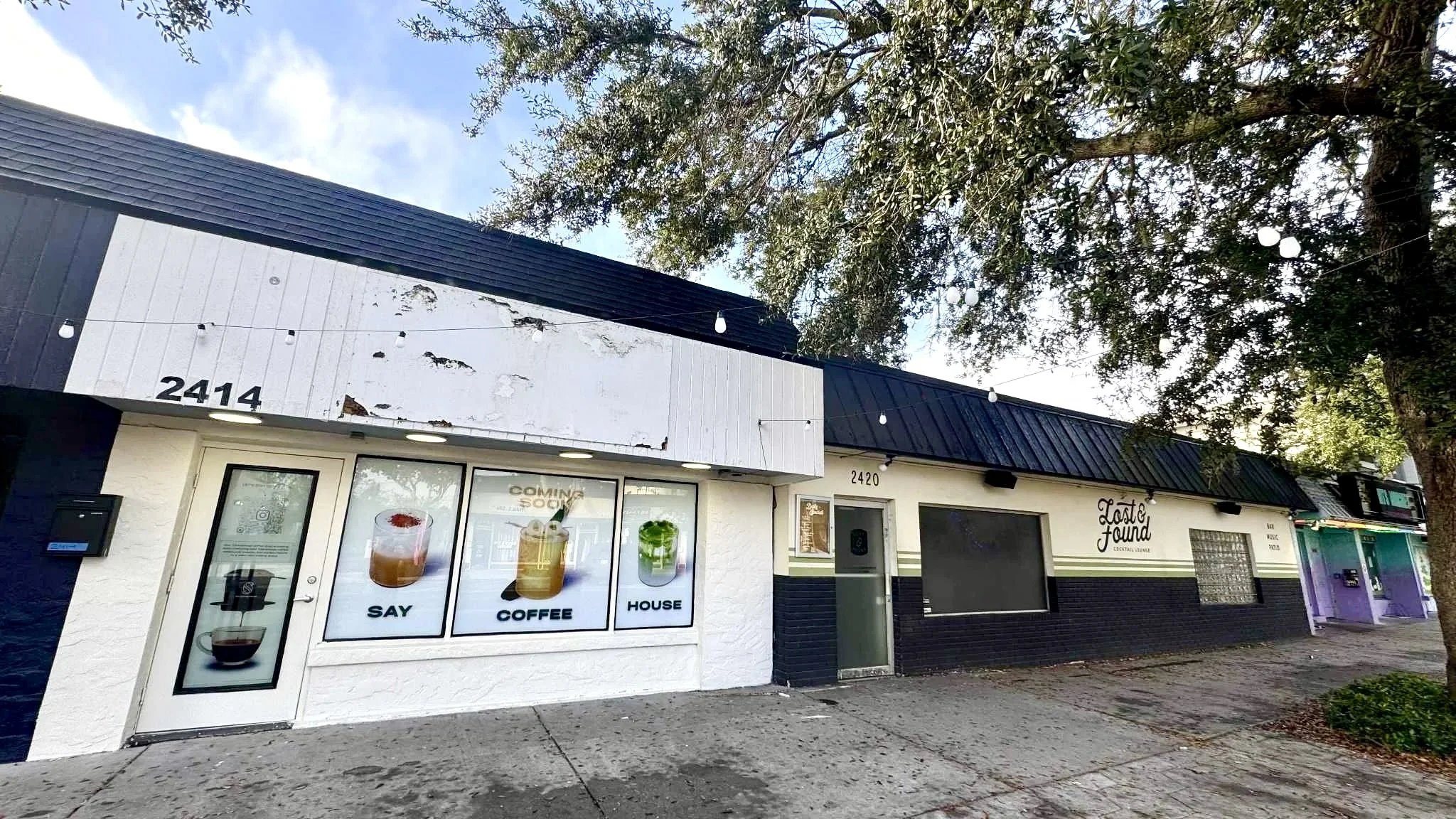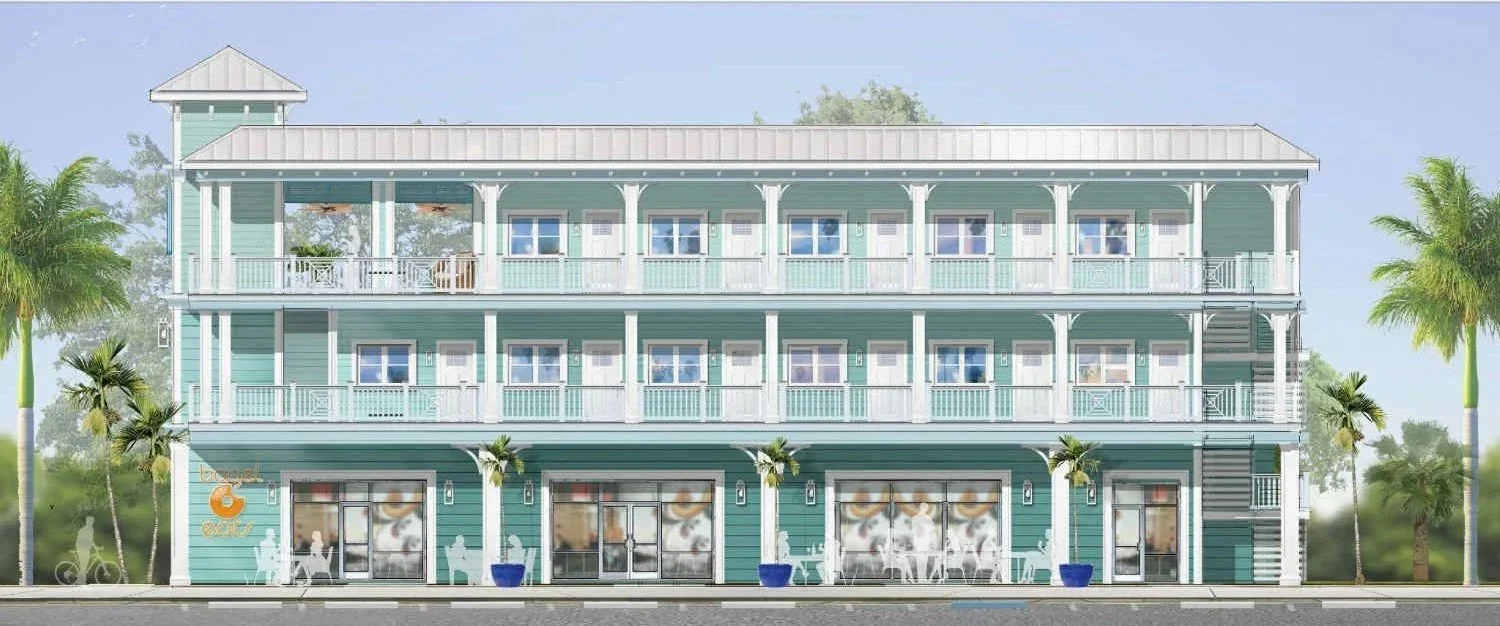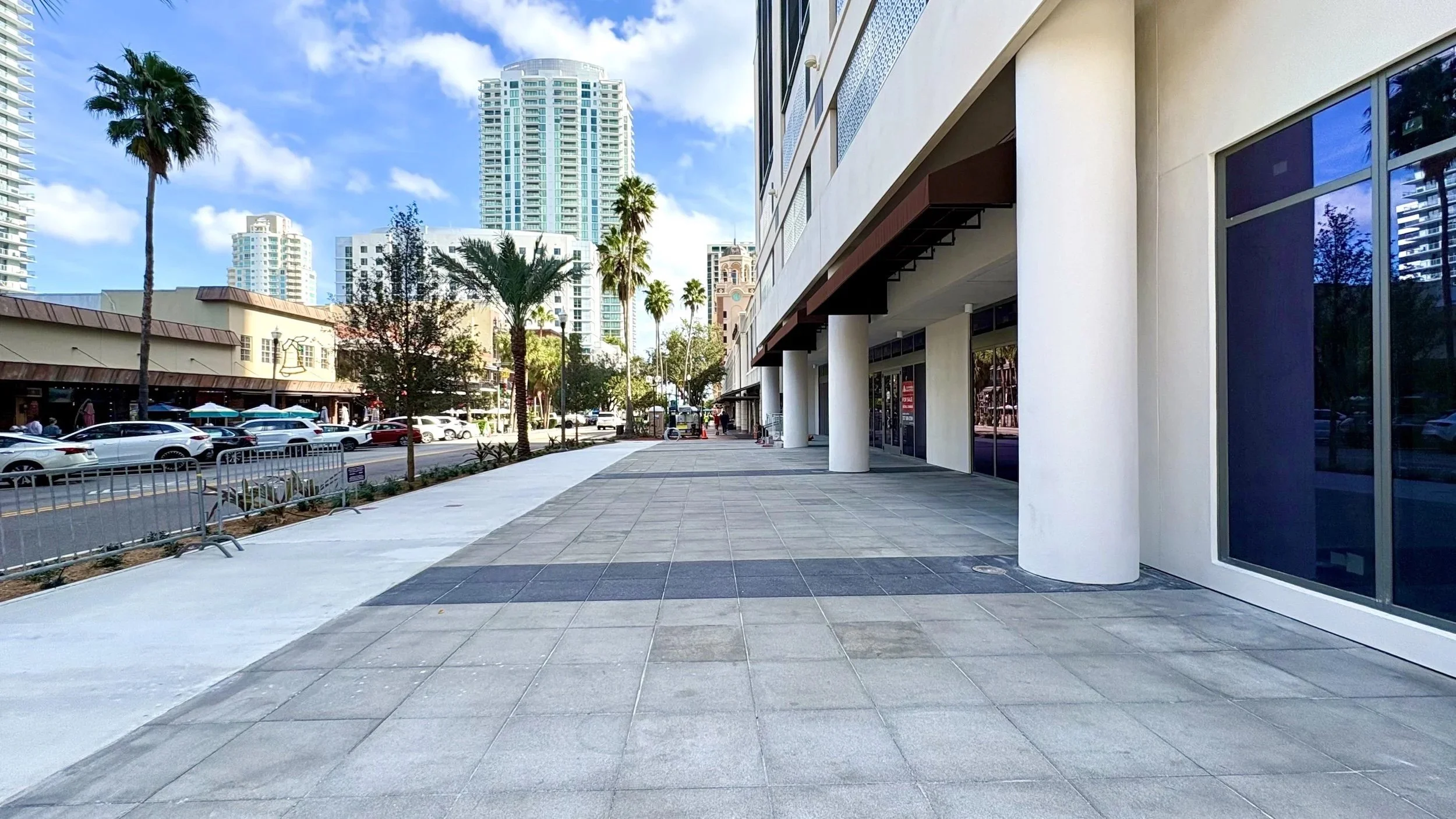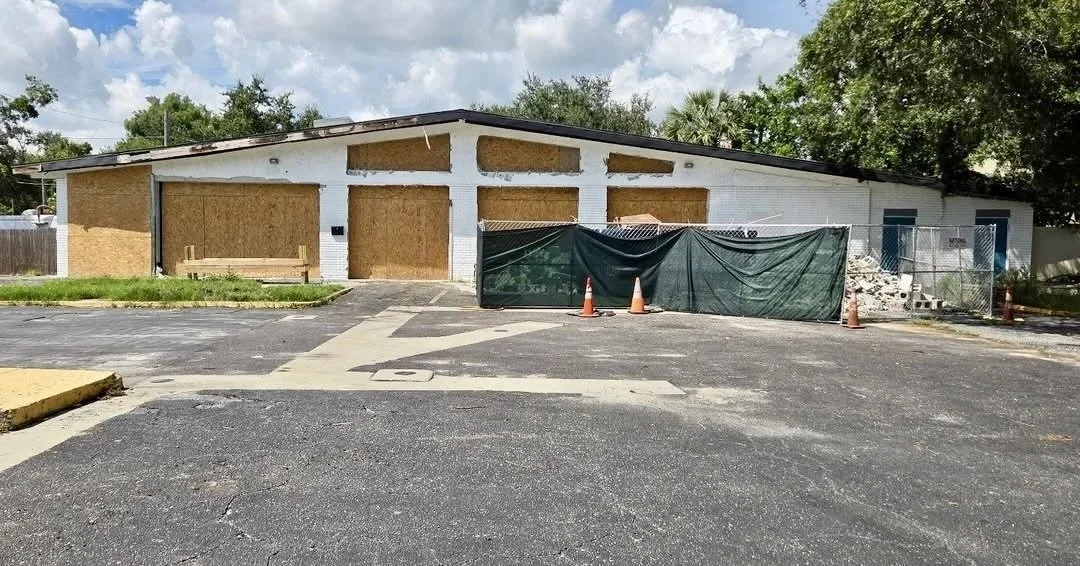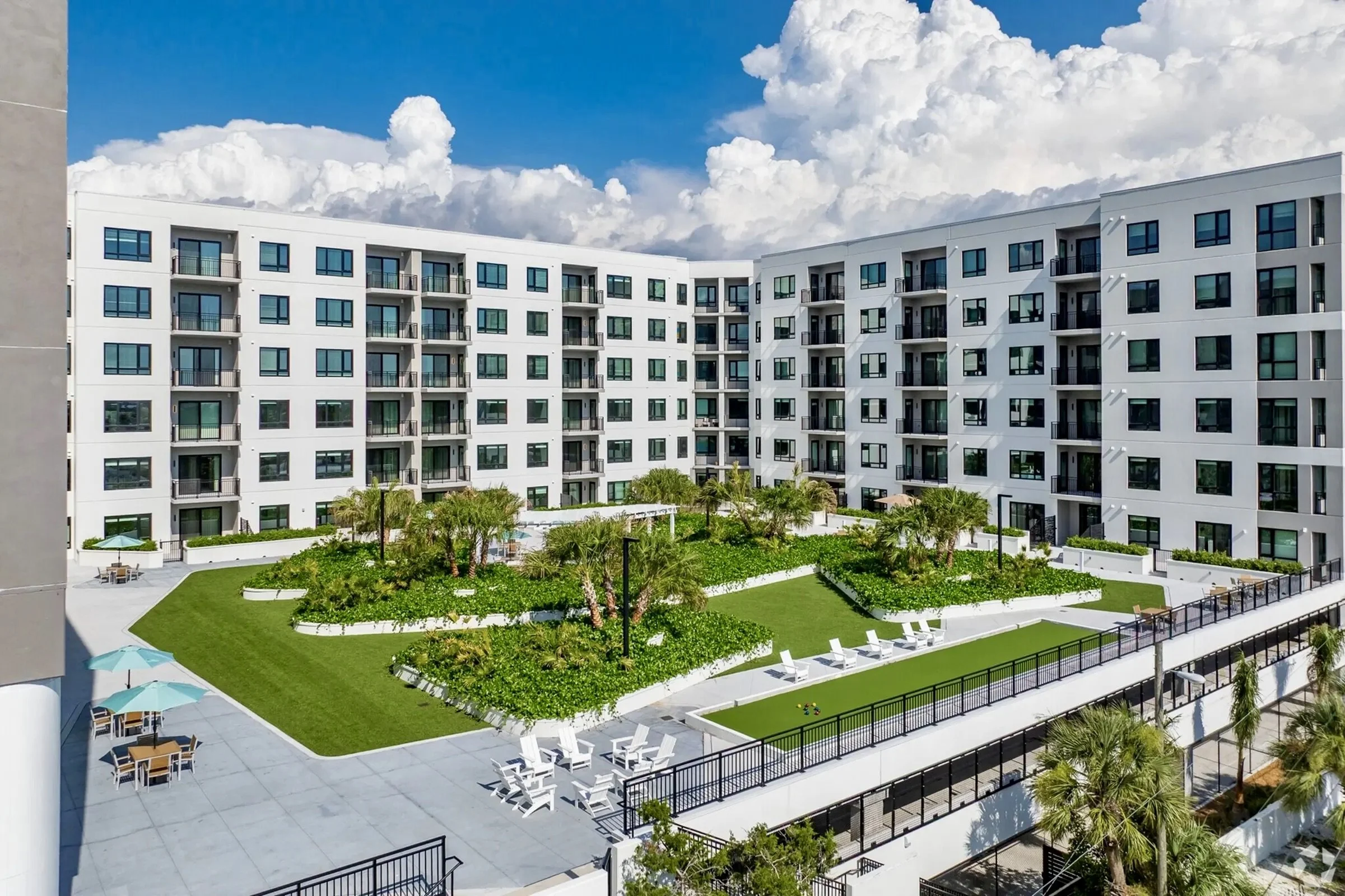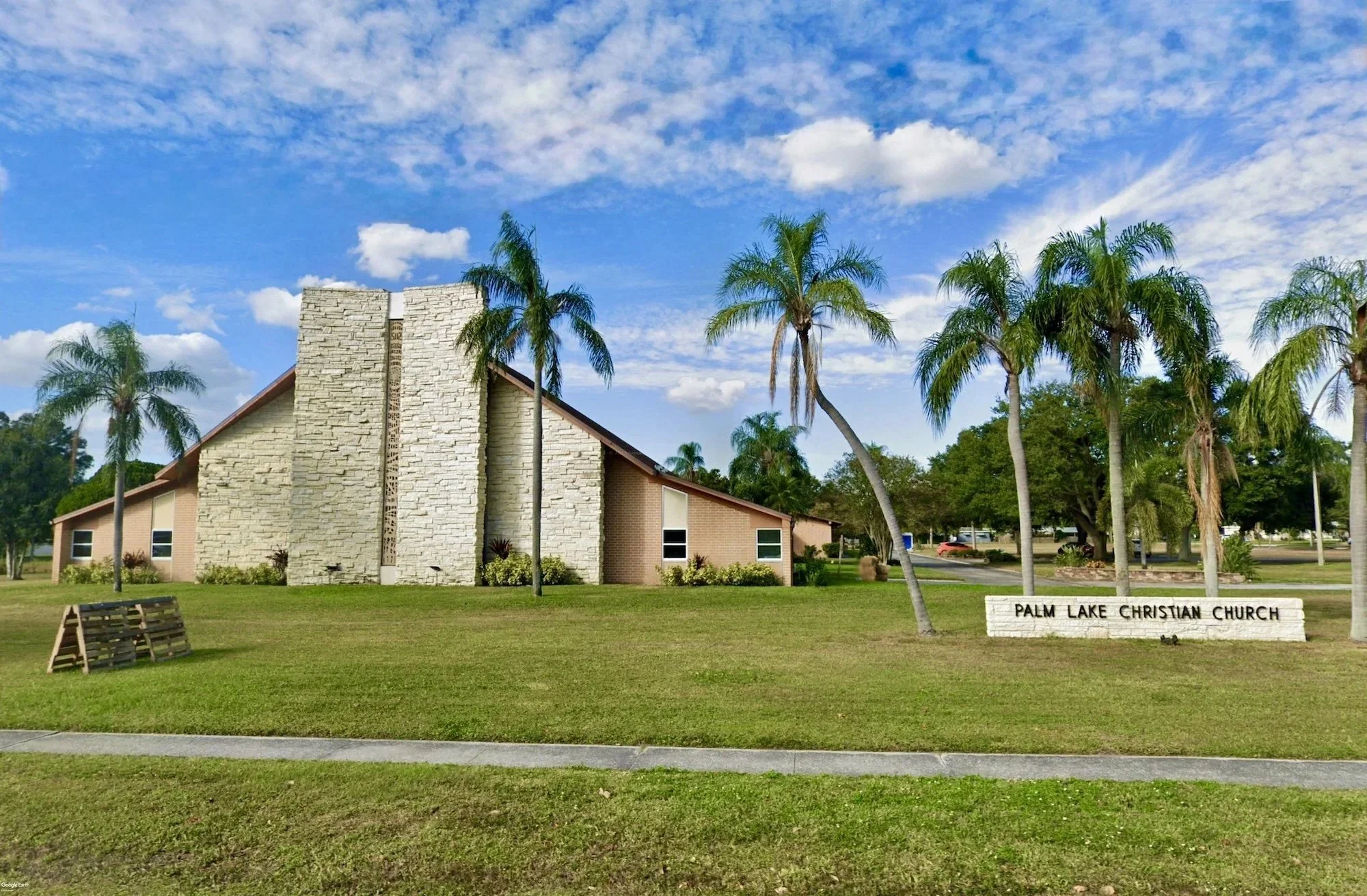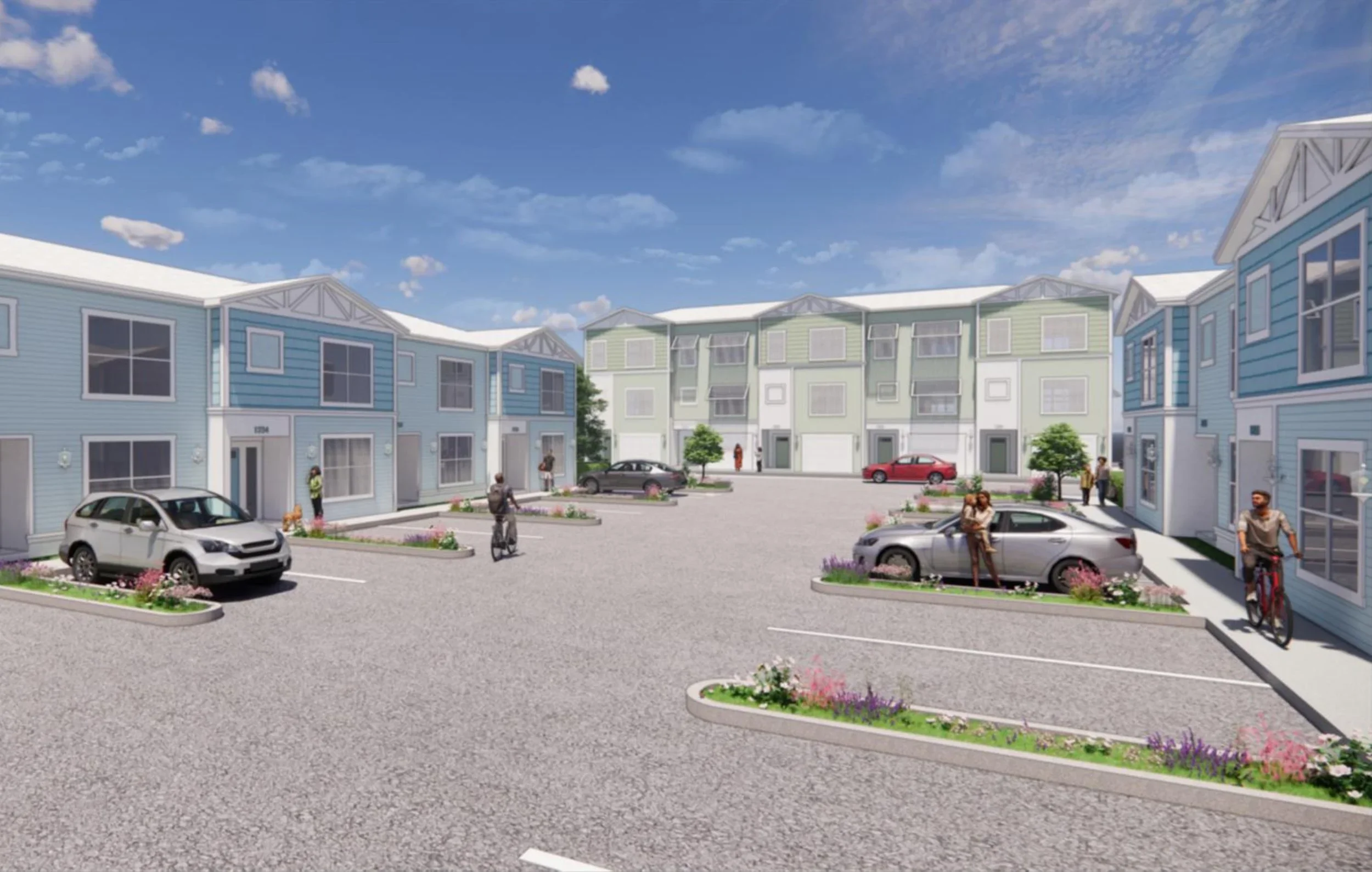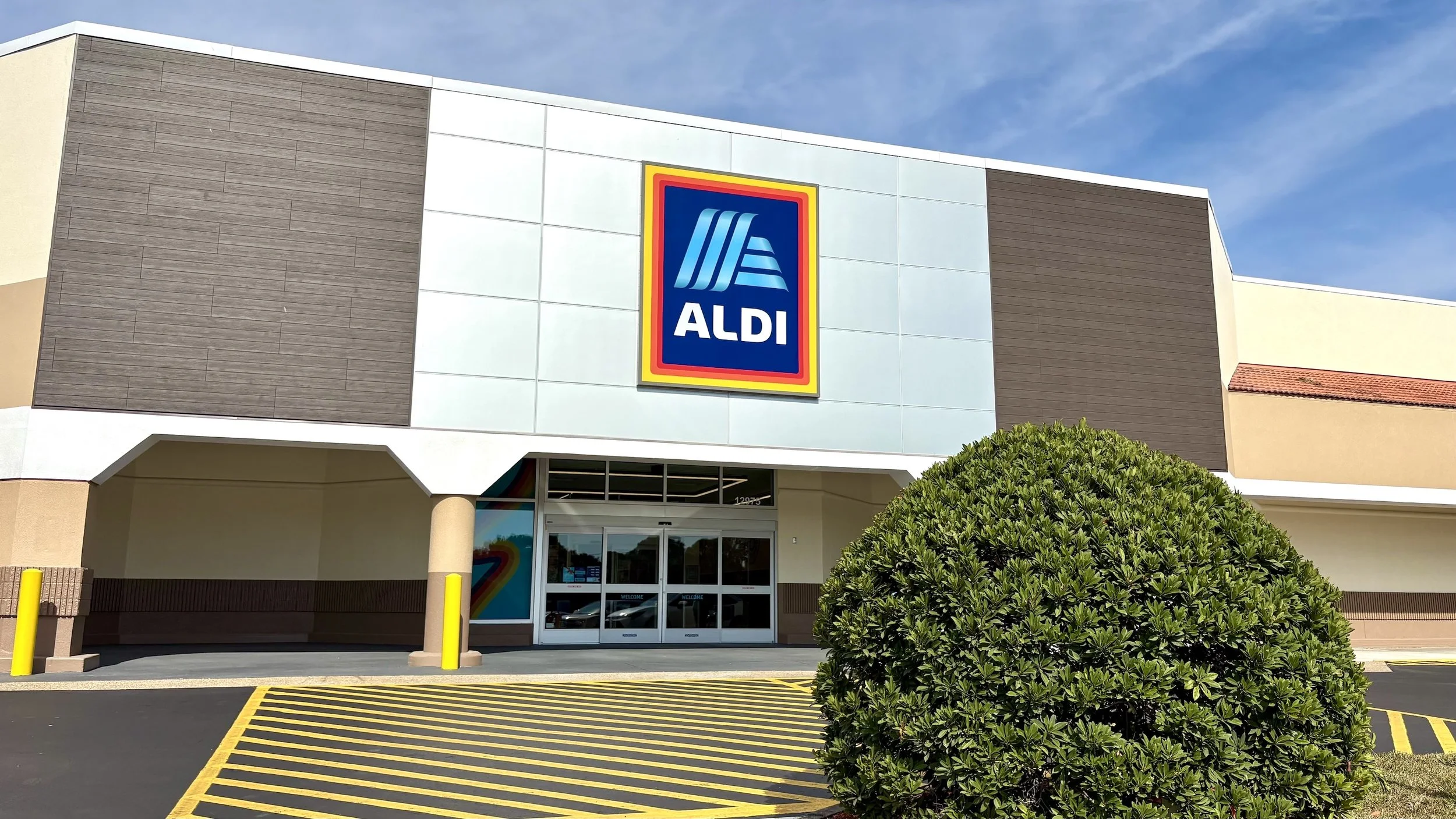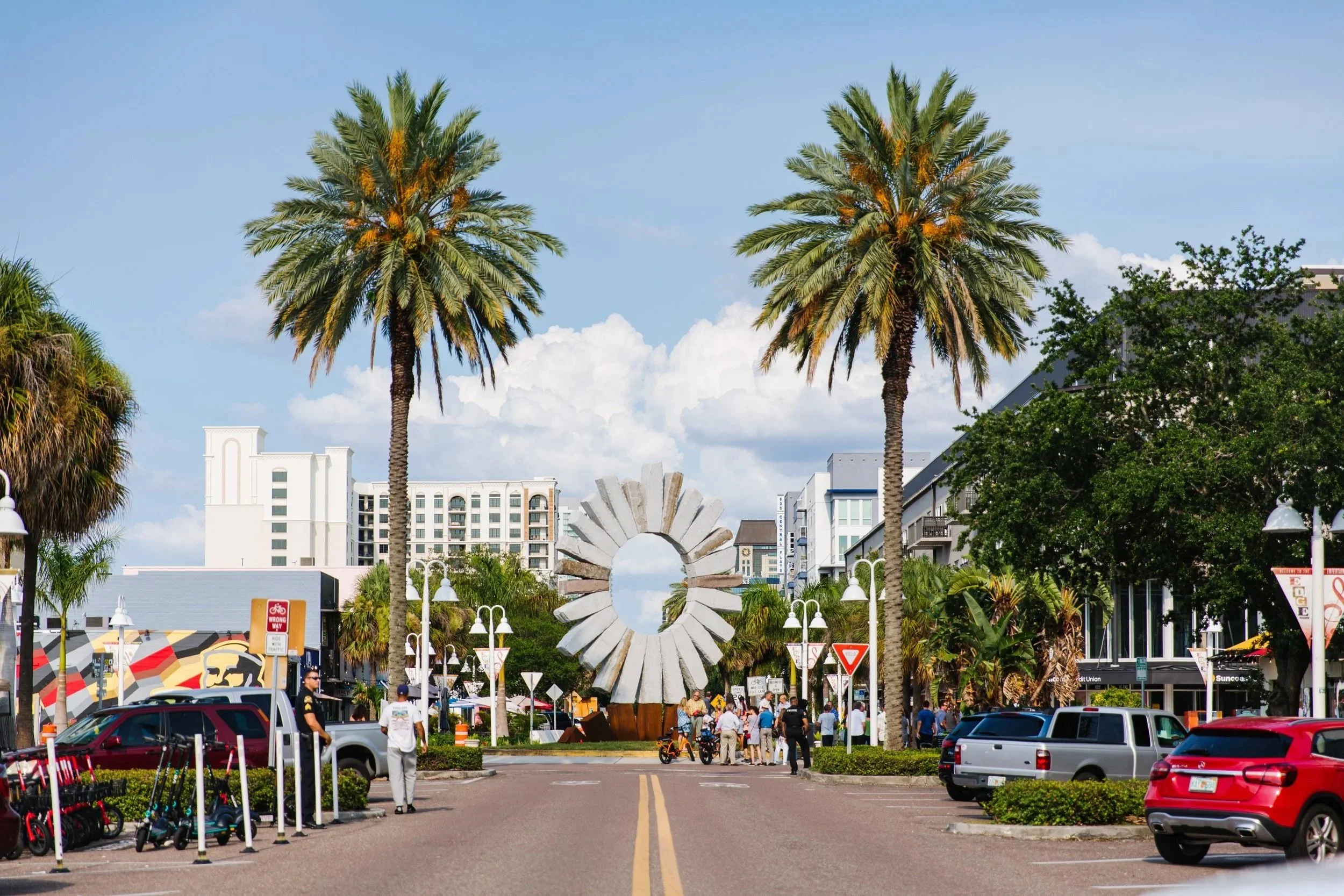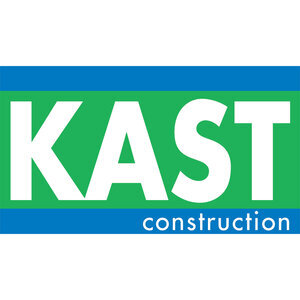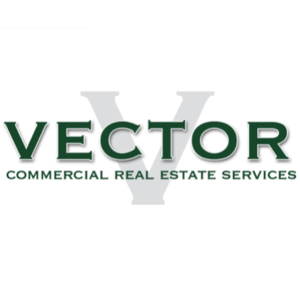Amid concerns, $6.5 billion Rays stadium deal heads to final vote on Thursday
/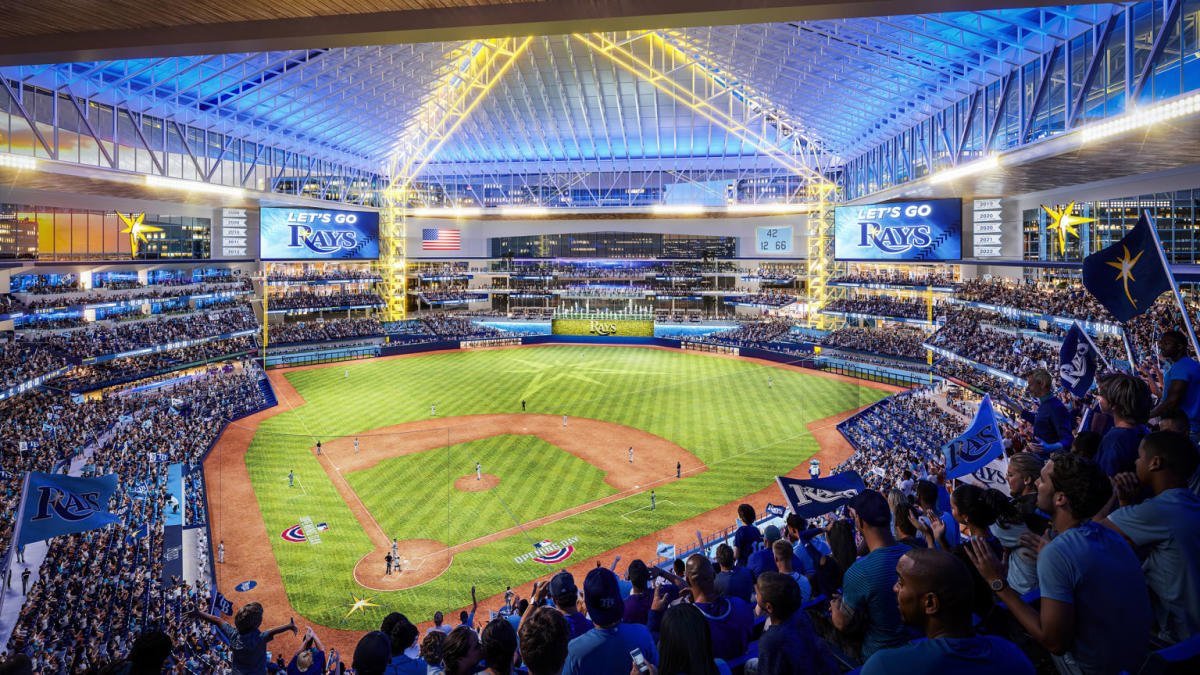







Flexible language around promises to bring affordable housing to the area and the lack of transparency on the Tampa Bay Rays partnership agreements are at the top of city council members' minds.
St. Petersburg City Council members met as the Committee of the Whole (COW) Tuesday morning to analyze the details and recent tweaks made to agreements for both the proposed Rays stadium and the Historic Gas Plant redevelopment just two days before they cast their final vote.
The $6.5 billion development, which is being spearheaded by The Rays and Hines, would transform 86 acres in the heart of downtown St. Pete into an 8-million-square-foot mixed-use district anchored by a new ballpark - becoming the largest project to ever commence in Tampa Bay.
the gas plant redevelopment will encompass 8 million square feet of development, including affordable housing, apartments, offices, and retail | Tampa Bay Rays
The full buildout of the development, expected to take over 20 years to complete, will feature approximately 5,400 residential units, 750 hotel rooms, 1.4 million square feet of Class A office and medical space, and 750,000 square feet of retail space.
Throughout numerous meetings, city officials have carefully examined and scrutinized certain components of the deal concerning public funding contributions, assuming potential financial risks, control over parcels, needed amenities, and sustainable building practices.
Here's a recap of some of the more substantial changes that have been made following a series of public meetings since May with city officials and a previous Committee of the Whole meeting in June:
Changes made to the minimum development requirements and community benefits:
Increasing open space from 10 to 12 acres.
A childcare facility that's at least 2,500 square feet, which must be built by 2035.
Adding a healthy food grocer to occupy at least 10,000 square feet by 2045.
Any changes to on- and off-site affordable housing units now require City Council approval. However, the Rays and Hines can convert market rate housing into affordable/workforce housing to help meet their affordable/workforce housing goals.
The Rays, Hines, and the Woodson African American Museum of Florida have a July 1st, 2025 deadline to agree to developing a new museum at the site and must commence construction within 15 years. If construction has not commenced within that time frame, Hines must propose a substitute obligation, subject to City Council approval.
Concerns regarding the redevelopment
While these changes were added to the agreement, which will go before City Council on July 18th, questions still loom on the specific wording of certain promised deliverables.
For instance, the Rays and Hines have agreed to deliver 1,250 affordable housing units.
By 2030, the team is required to deliver 300 affordable/workforce housing units, including 100 senior housing units. If the Rays and Hines don’t deliver the 300 units by 2030, they would face a $25,000 per unit penalty with a maximum fine of $7.5 million.
A site plan of the planned gas plant redevelopment | Tampa Bay Rays
Additionally, Councilmember Richie Floyd noted how the delivery of affordable units is contingent upon receiving additional subsidies from federal, state, and local sources.
"We are in a situation where we do this agreement and no affordable housing goes forward unless those subsidies are obtained," Floyd said, reading the language about how the financing would be similarly structured to other affordable housing deals.
"If we are unable to do it [provide additional subsidies], then they don't have to meet that obligation for those units. If that's the case, then this doesn't guarantee that we are going to get affordable housing from this deal," Floyd said, explaining that if the team requests significant subsidies the city can't afford, then the team can forfeit from their intended commitment.
"I don't think we should give them any subsidy after all the money we are about to pour into this," Floyd said.
Additionally, the Rays and Hines have the option to purchase individual development parcels, but are not obligated to as long as they meet the minimum development requirements for those parcels.
Floyd said the option allows the Rays and Hines to not purchase properties “deemed considerably less desirable and then it's back on our books."
However, according to Hines representatives, it wouldn't be in the team's best interest to not pursue all parcels.
Councilmember Lisset Haneowizcz questioned the lack of transparency regarding transfers of ownership of the Rays if owner Stu Sternberg decides to sell the team and development rights.
Designed by architectural firm Populous, the stadium is set to be the most intimate in Major League Baseball (MLB) with a capacity of 30,000 | Tampa Bay Rays
Haneowizcz also noted how the highly touted $50 million in community benefits the Rays have promised is due to the city's discount on the sale of the site.
The $50 million community benefits package covers the hiring of minority workers, the creation of a workforce training program, a $15 million contribution to the city’s affordable/workforce housing initiatives, and a $10 million contribution to the new Woodson African American Museum.
“We have discounted the land by $50 million. And they’re giving us $50 million in community benefits. So who’s actually paying for that?” Haneowizcz said.
the current plan calls for a new woodson african american museum, a grocer, and more in gas plant redevelopment | Tampa Bay Rays
Councilmember Brandi Gabbard also asked about a future grocer in the district as their commitment is to bring a 20,000-square-foot grocer to the district along with 10,000 square feet for fresh food/produce.
“We've been receiving calls from a number of the household names that you are familiar with. More so than just about any other retailer, grocers rely on data - they need to know how many rooftops and families are within a certain radius, and they obviously know we have a Publix 1.2 miles away,” Hines Senior Managing Director Michael Harrison said.
At Tuesday’s meeting, the Rays and Hines team mentioned they will be adding buffers to Booker Creek to control the water flow. Booker Creek is expected to become a centerpiece of the redevelopment and will be "an environmental oasis where people can congregate."
The Hines team said they plan to improve and enhance the 16th street i-i75 underpass with pocket parks and a market | Hood Design Studio
They also discussed how the connectivity from the Campbell Park neighborhood via the Interstate I-I75 overpass on 16th Street will be reimagined and activated into a safe and welcoming experience for pedestrians walking to the stadium.
Presented renderings show pocket parks and a marketplace under the overpass.
Overview of the costs
So, who’s paying for the largest project to ever commence in Tampa Bay?
The plan calls for the City of St. Petersburg to spend $417.5 million for the entire 86-acre redevelopment, including $287.5 million for the stadium and $130 million in infrastructure.
Pinellas County would fund roughly $312.5 million for its share of the ballpark costs.
The Rays have committed to pay $700 million and any cost overruns for the ballpark.
The remaining costs will be funded using a mix of debt, equity, and other sources.
The new stadium will host other events such as concerts and shows | Tampa Bay Rays
Timeline
Following the City Council's July 18th vote, Pinellas County Commissioners are expected to vote on the agreements at a July 30th meeting.
The first interim development milestone requires 400,000 square feet of vertical construction to be completed by December 31st, 2030.
The Rays expect to begin construction on the stadium in early 2025 with a planned opening in time for the 2028 baseball season.
The Rays would also execute a 30-year non-relocation agreement, which states the team must play all home games in St. Petersburg and are restricted from talking with other parties about future relocations.
To date, the Rays have selected Populous as the lead stadium architect, Minneapolis-based Mortenson Construction as the construction manager, and Apopka-based Finfrock as the design-build group for the parking garages.
